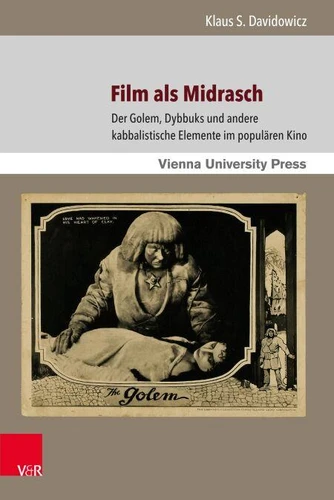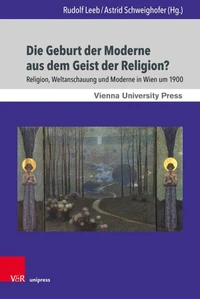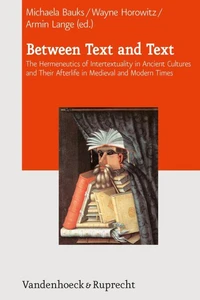Film als Midrasch. Der Golem, Dybbuks und andere kabbalistische Elemente im populären Kino
Par :Formats :
Disponible dans votre compte client Decitre ou Furet du Nord dès validation de votre commande. Le format PDF est :
- Compatible avec une lecture sur My Vivlio (smartphone, tablette, ordinateur)
- Compatible avec une lecture sur liseuses Vivlio
- Pour les liseuses autres que Vivlio, vous devez utiliser le logiciel Adobe Digital Edition. Non compatible avec la lecture sur les liseuses Kindle, Remarkable et Sony
 , qui est-ce ?
, qui est-ce ?Notre partenaire de plateforme de lecture numérique où vous retrouverez l'ensemble de vos ebooks gratuitement
Pour en savoir plus sur nos ebooks, consultez notre aide en ligne ici
- Nombre de pages155
- FormatPDF
- ISBN978-3-8470-0673-2
- EAN9783847006732
- Date de parution05/12/2016
- Protection num.pas de protection
- Taille4 Mo
- Infos supplémentairespdf
- ÉditeurV&R Unipress
Résumé
The book explores the conscious usage of Jewish mystical themes and motifs in popular (as well as arthouse) cinema from the silent film era to the present. This historical, as well as geographic, arc spanning from Paul Wegener's Golem (1920) to films such as David Goyer's The Unborn (2009), Ang Lee's Life of Pi (2012) or David Aronofsky's Noah (2014), is held together by a tightly argued and detailed discussion of both the kabbalist elements themselves and their presence in film and television.
Organized in four interrelated parts, the study focuses on mystical secrets of the Hebrew alphabet (where each letter is attributed a numerical value and each number has a hidden meaning), the idea of the Dybbuk as an exiled soul looking for a bodily home, the Lurianic concepts of Tzimtzum (contraction) and Tikkun olam (repair of the world) and, finally, the legend of the Golem, whose Prague origins have been reworked not only in numerous movies but also in popular US television shows including the X-Files and The Simpsons.
Organized in four interrelated parts, the study focuses on mystical secrets of the Hebrew alphabet (where each letter is attributed a numerical value and each number has a hidden meaning), the idea of the Dybbuk as an exiled soul looking for a bodily home, the Lurianic concepts of Tzimtzum (contraction) and Tikkun olam (repair of the world) and, finally, the legend of the Golem, whose Prague origins have been reworked not only in numerous movies but also in popular US television shows including the X-Files and The Simpsons.
The book explores the conscious usage of Jewish mystical themes and motifs in popular (as well as arthouse) cinema from the silent film era to the present. This historical, as well as geographic, arc spanning from Paul Wegener's Golem (1920) to films such as David Goyer's The Unborn (2009), Ang Lee's Life of Pi (2012) or David Aronofsky's Noah (2014), is held together by a tightly argued and detailed discussion of both the kabbalist elements themselves and their presence in film and television.
Organized in four interrelated parts, the study focuses on mystical secrets of the Hebrew alphabet (where each letter is attributed a numerical value and each number has a hidden meaning), the idea of the Dybbuk as an exiled soul looking for a bodily home, the Lurianic concepts of Tzimtzum (contraction) and Tikkun olam (repair of the world) and, finally, the legend of the Golem, whose Prague origins have been reworked not only in numerous movies but also in popular US television shows including the X-Files and The Simpsons.
Organized in four interrelated parts, the study focuses on mystical secrets of the Hebrew alphabet (where each letter is attributed a numerical value and each number has a hidden meaning), the idea of the Dybbuk as an exiled soul looking for a bodily home, the Lurianic concepts of Tzimtzum (contraction) and Tikkun olam (repair of the world) and, finally, the legend of the Golem, whose Prague origins have been reworked not only in numerous movies but also in popular US television shows including the X-Files and The Simpsons.







